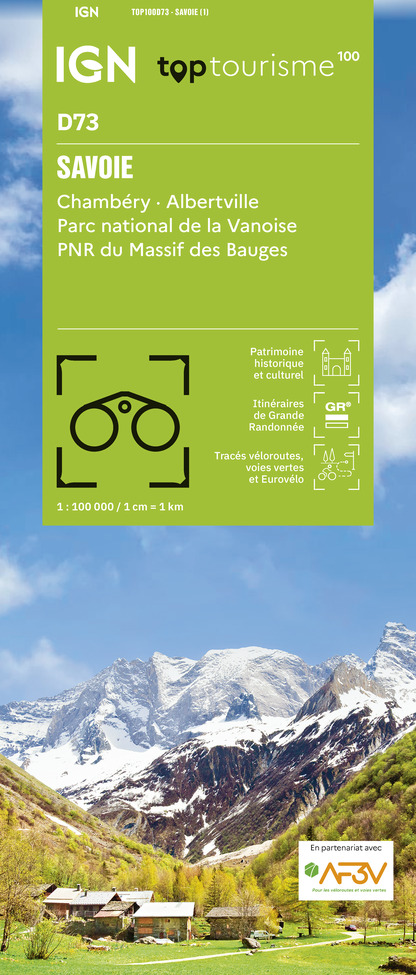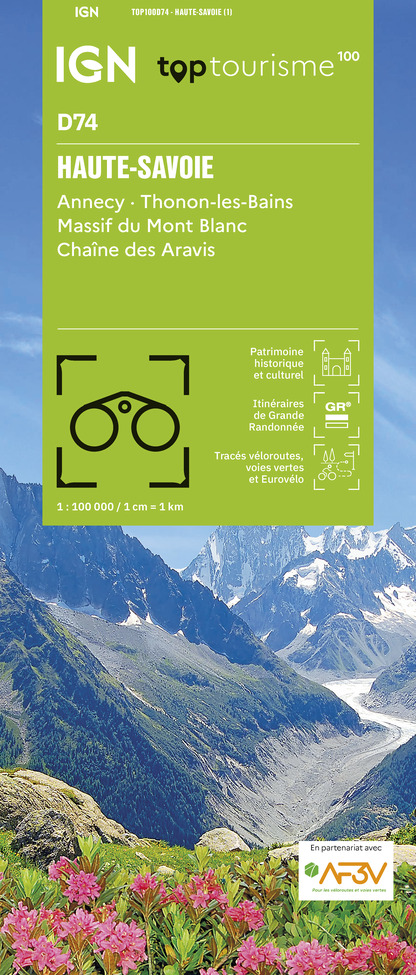Alert
Alerts
Type of practice
Walking
Very easy
2h
Presentation
Description
Map
Points of interest
Ratings and reviews
See around
La Duchère wood


IGN cards

3531ETR - SAINT-GERVAIS-LES-BAINS RESISTANTE MASSIF DU MONT BLANC
Editor : IGN
Collection : TOP 25 RÉSISTANTE
Scale : 1:25 000
17.20€

3531ET - SAINT-GERVAIS-LES-BAINS MASSIF DU MONT BLANC
Editor : IGN
Collection : TOP 25 ET SÉRIE BLEUE
Scale : 1:25 000
13.90€

TOP75004 - BEAUFORTAIN MASSIF DU MONT BLANC
Editor : IGN
Collection : TOP 75
Scale : 1:75 000
9.80€

TOP100D73 - SAVOIE CHAMBÉRY ALBERTVILLE PARC NATIONAL DE LA VANOISE PNR DU MASSIF DES BAUGES
Editor : IGN
Collection : TOP 100
Scale : 1:100 000
8.40€

TOP100D74 - HAUTE-SAVOIE ANNECY THONON-LES-BAINS MASSIF DU MONT BLANC CHAÎNE DES ARAVIS
Editor : IGN
Collection : TOP 100
Scale : 1:100 000
8.40€

202 JURA ALPES DU NORD
Editor : IGN
Collection : TOP 200
Scale : 1:200 000
6.80€

89025 - TOUR DU MONT-BLANC GR TMB®
Editor : IGN
Collection : DECOUVERTE DES CHEMINS
Scale : 1:50 000
9.10€

D38 ISÈRE
Editor : IGN
Collection : CARTES DÉPARTEMENTALES IGN
Scale : 1:150 000
5.90€

NR15 AUVERGNE-RHÔNE-ALPES RECTO/VERSO MASSIF ALPIN
Editor : IGN
Collection : CARTES RÉGIONALES IGN
Scale : 1:250 000
6.80€

NR14 AUVERGNE-RHÔNE-ALPES RECTO/VERSO MASSIF CENTRAL
Editor : IGN
Collection : CARTES RÉGIONALES IGN
Scale : 1:250 000
6.80€

SUISSE
Editor : IGN
Collection : DÉCOUVERTE DES PAYS DU MONDE IGN
Scale : 1:303 000
7.00€

EUROPE
Editor : IGN
Collection : DÉCOUVERTE DES PAYS DU MONDE IGN
Scale : 1:2 500 000
7.00€
Description
Accessible on foot, in a three-wheeled wheelchair, in a joëlette.
Wide, relatively rolling path.
Technical Information
Walking
Difficulty
Very easy
Duration
2h
Dist.
5 km
Type of practice
Walking
Very easy
2h
Show more
Altimetric profile
Starting point
18 route de Notre-Dame de la Gorge
,
74170
Les Contamines-Montjoie
Lat : 45.806917Lng : 6.726063
Additional information
Updated by
Office de Tourisme des Contamines-Montjoie - 24/06/2024
www.lescontamines.com
Report a problem
Open period
From 01/04 to 30/11.
Contact
Phone :
04 50 47 01 58
04 50 47 05 10
Email : info@lescontamines.com
Website : www.lescontamines.com
Data author

proposed by
Office de Tourisme des Contamines
18 route de Notre Dame de La Gorge 74170 Les Contamines France
Ratings and reviews
To see around
